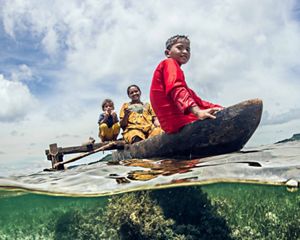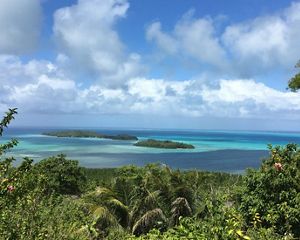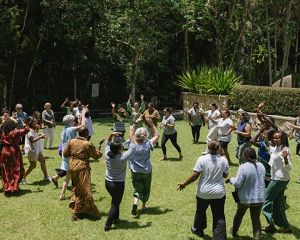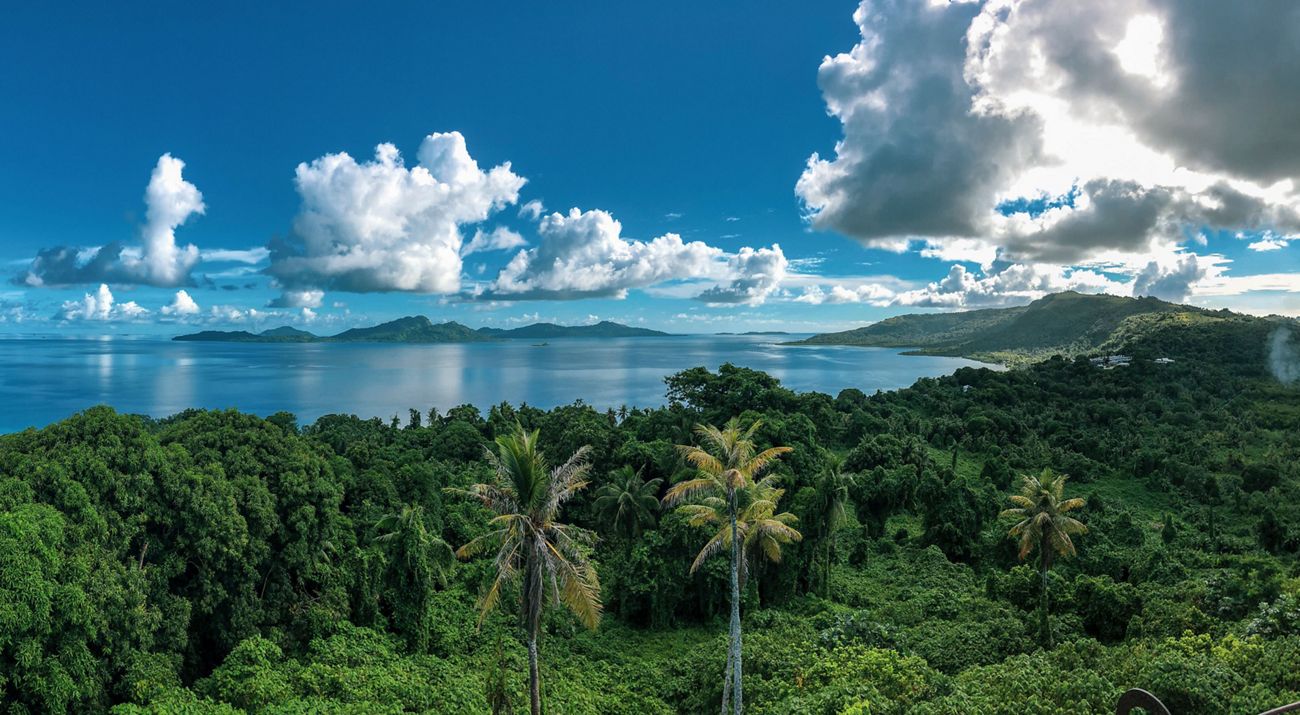
Stories in Micronesia & Polynesia
Micronesia Challenge
These island nations have made a big, bold commitment to care for nature.
The Micronesia Challenge has resulted in significant protections of land and sea, benefitted local communities and inspired other nations to take similar action.
In 2006, Micronesian leaders declared the Micronesia Challenge, an effort to effectively conserve at least 30% of the near-shore marine resources and 20% of the terrestrial resources across Micronesia by the year 2020. Recognizing the deep impacts of this initiative, Micronesians then set new goals to propel them through the next 10 years of innovative conservation. Leaders have committed to increase effective management goals to at least 50% of marine resources and 30% of terrestrial resources across Micronesia by 2030.
The Micronesia Challenge has proven to be a driving force for community-led conservation, leading to tremendous accomplishments and a bold path forward.
Achievements since 2006
-
3,000
3,000 Ambassadors: Bringing together local people to care for their islands
-
150+
150+ Protected Areas: Spanning ocean, reefs, coasts and land
-
20
20 Fishery Policies: Using science to improve management and sustainability
-
Global
Global Action: Inspiring similar conservation initiatives such as the Coral Triangle Initiative and Caribbean Challenge
While significant progress has been made, there is still much more to do to protect these incredible island resources. The threats from unsustainable development, pollution, overharvesting, invasive species and climate change are rapidly increasing, and changing lifestyles are affecting people’s values and connection to nature.
What's Next: 2030 Goals
Micronesian leaders have set a vision for a future where Micronesian communities are resilient and thriving, benefit equitably from healthy, well-managed ecosystems and have better access to food and water. Click on each photo to learn more about the innovative conservation goals for 2030.
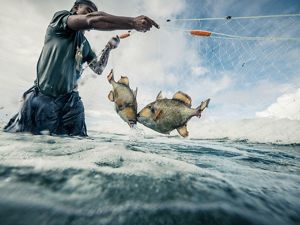
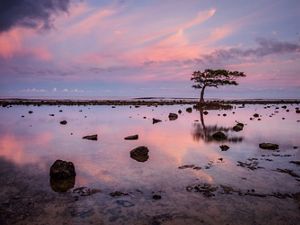
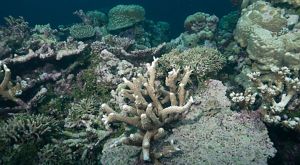
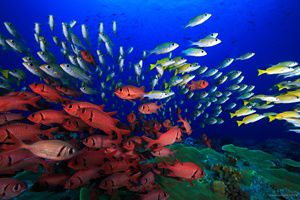
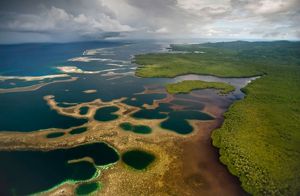

Livelihoods: Increase livelihoods from sustainable resources © Nick Hall for The Nature Conservancy

Climate: Reduce risk from climate impacts © Nick Hall

Habitat: Reduce invasive species and restore habitats © 2009 Nick Hall Photography

Fisheries: Integrate fisheries management with protected areas networks © Tane Sinclair-Taylor

Resources: Effectively manage at least 50% of the marine resources and 30% of the terrestrial resources (incl. at least 30% near-shore marine resources and 20% terrestrial resources) © Nick Hall
How the Micronesia Challenge Works
The Micronesia Challenge is a network that spans many people, governments, cultures, islands, seas and forests. Each place has its own unique natural assets and organizational challenges, which is why projects are tailored to meet the needs of each local community. However, the Micronesia Challenge also reflects the importance of working together across national and geographic borders for impactful conservation.
Practitioners of the network come together to:
- Coordinate, share and implement best practices for conservation, management and community empowerment
- Strengthen governance around the effective management of key ecosystems
- Increase financial and technical resources for conservation
- Develop capacity for effective resource management
The Micronesia Challenge includes the four island states of The Federated State of Micronesia (FSM), which are Yap, Chuuk, Pohnpei and Kosrae; The Republic of the Marshall Islands; The Republic of Palau; and the U.S.-affiliated Territory of Guam and Commonwealth of the Northern Mariana Islands.
TNC’s Role
In partnership with local communities, other NGOs, governments and donors, The Nature Conservancy (TNC) has helped advance the Micronesia Challenge as part of our 30+ year history of work in the region. Playing to the strengths of our international organization, we have made significant financial investments to support this initiative and brought a participatory approach, guided by science, to our collaborations on conservation initiatives.
TNC has helped:
- Design resilient protected areas networks
- Develop community management plans and build implementation capacity
- Improve fisheries and increase sustainable livelihoods
- Leverage funding opportunities and introduce innovative conservation finances
- Facilitate bringing people together to collaborate and care for their islands
- Confront global threats such as climate change
To support the Micronesia Challenge’s ambitious 2030 goals for community-based conservation, TNC developed strategies for island resilience and ocean recovery. These include approaches to support communities in sustainably managing their resources, protect and restore biodiversity and help create sustainable food systems. With major focuses on systems thinking, market-based solutions and gender equity, TNC’s efforts help ensure that conservation is led by Micronesians and benefits people. We aim to further innovative policies and solutions that address challenges in both conservation and community development.
The Micronesia Challenge in Action

Protecting Yela Forest
One of the many groundbreaking projects championed by the Micronesia Challenge is the Yela forest conservation easement. This legal covenant, which effectively pays landowners to leave their holdings undisturbed, was the first in the region. As a result, the 400-acre Yela forest on Kosrae, Federated States of Micronesia (FSM), is now protected and so is the heart of the world’s largest remaining stand of ka trees (Terminalia carolinensis). Found only on Kosrae and the nearby island of Pohnpei, ka trees are graceful giants known for their umbrella-shaped crowns and huge, moss-covered buttresses that resemble the fins of a rocket ship. The Yela forest also contains part of an unusually pristine tropical watershed and is a rare link to Kosrae’s indigenous heritage.

A Community Tackles Overfishing
Building on the conservation easement model, the community of Oneisomw in Chuuk, FSM decided to develop a marine Locally Managed Area as a means to addressing the issue of overfishing, as well as to build community resilience to climate change. The Oneisomw approach to conservation is unique, in that the community worked across a large marine area with multiple reef owners in order to utilize broader fisheries management approaches, rather than focusing on implementing strictly no-take zones. This approach combined science with local community knowledge to ensure longevity and sustainability of both the species and community practices.

Sustainable Financing
In 2003, Palau established a Protected Areas Network (PAN) and Green Fee, a successful approach to integrating conservation efforts with sustainable financing. The Green Fee is an environmental departure fee paid by every visitor departing from the Republic. One hundred percent of the money generated from collection of the Green Fee goes into Palau PAN efforts. Palau has experienced great success in financing its PAN through Green Fees and they are currently the only member of the Micronesia Challenge jurisdictions to be supporting its PAN through a sustainable financing source.

Lifting Up the Next Generation
To support emerging leaders in the region, the Bill Raynor Micronesia Challenge Scholarship Fund was established in 2016. To date, twenty students have received funding from the scholarship fund and more than 92% have returned to their home islands, where they actively contribute to local environmental and resource conservation initiatives. Leadership capacity and development continues to be a critical need for the Micronesia Challenge and, in addition to funds, recipients receive close guidance and mentorship from key entities and individuals within the Micronesia Challenge.
Bill Raynor (February 22, 1957 – September 1, 2015) served as the Director of TNC’s Pacific Division, as part of more than 34 years of conservation work in the region, and he was committed to identifying and nurturing conservation champions in Micronesia.
Support A Resilient Pacific
Our team helps communities and governments ensure the future of these incredible islands and coral atolls in the face of climate change. With your help, these island nations can thrive for generations to come.

